Essential Tips for Cleaning Every Corner of Your Home
Cleaning every nook and cranny of your house can feel like a daunting task, but it does not have to be. With a few simple tips, you can easily tackle even the trickiest corners and spaces. Whether you are dealing with dusty shelves or grimy grout, the right approach can make all the difference. These handy hints will help you get your home sparkling clean in no time.
This post may contain affiliate links, which helps keep this content free. Please read our disclosure for more info.
Use a Microfiber Cloth for Dusting
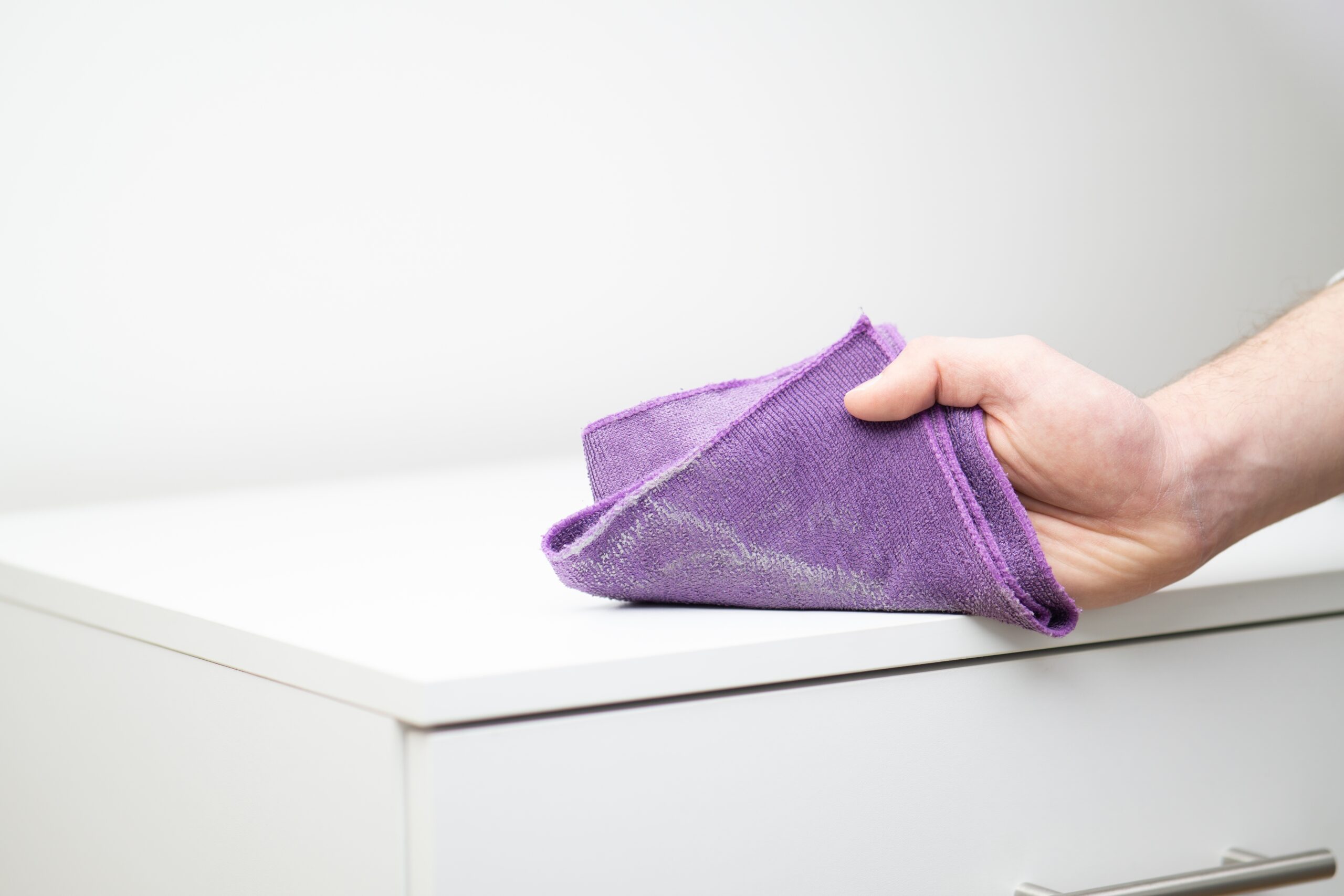
Microfiber cloths are excellent for trapping dust and debris, making them perfect for cleaning nooks and crannies. They attract particles without the need for harsh chemicals, making your cleaning process both effective and eco-friendly. When cleaning hard-to-reach areas like vents or blinds, simply fold the microfiber cloth to fit into the space and wipe. The soft texture will not scratch surfaces, which is particularly useful for delicate spots like picture frames or furniture edges.
For deeper cleaning, dampen the microfiber cloth slightly with water or a mild cleaning solution. This will allow you to remove sticky or greasy buildup without spreading it around. Microfiber is durable and can be washed and reused, so you will save money in the long run. It is a small investment that helps tackle dust and grime in hard-to-reach spaces.
Use a Vacuum with Attachments for Tight Spaces
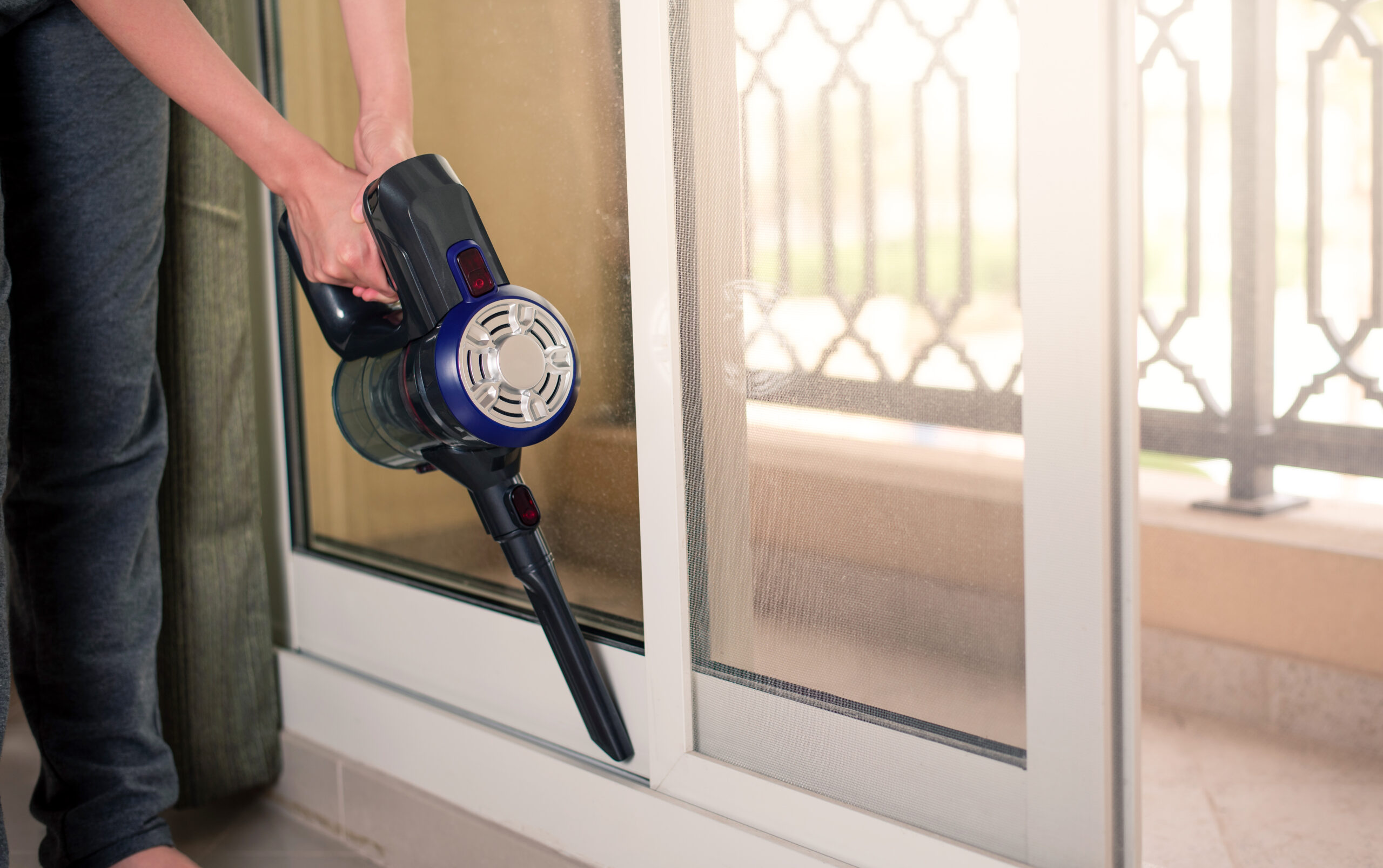
A vacuum with a crevice tool or narrow attachment is invaluable when it comes to cleaning tight spaces like baseboards, between furniture cushions, or along the edges of walls. These attachments allow you to reach areas that are often overlooked during regular cleaning. The suction power pulls dust, dirt, and even small debris out of corners without the need for excessive scrubbing. For areas like under the fridge or the edges of windowsills, a vacuum attachment is your best tool.
Additionally, using the vacuum regularly will help keep spaces clear of dust buildup, which can accumulate quickly in hidden spots. Keep your vacuum attachments clean so you do not spread dirt back into your home. By focusing on smaller, harder-to-reach areas, you can maintain a cleaner environment with less effort. This is an easy yet effective way to keep your home spotless.
Use a Toothbrush for Small, Detailed Areas
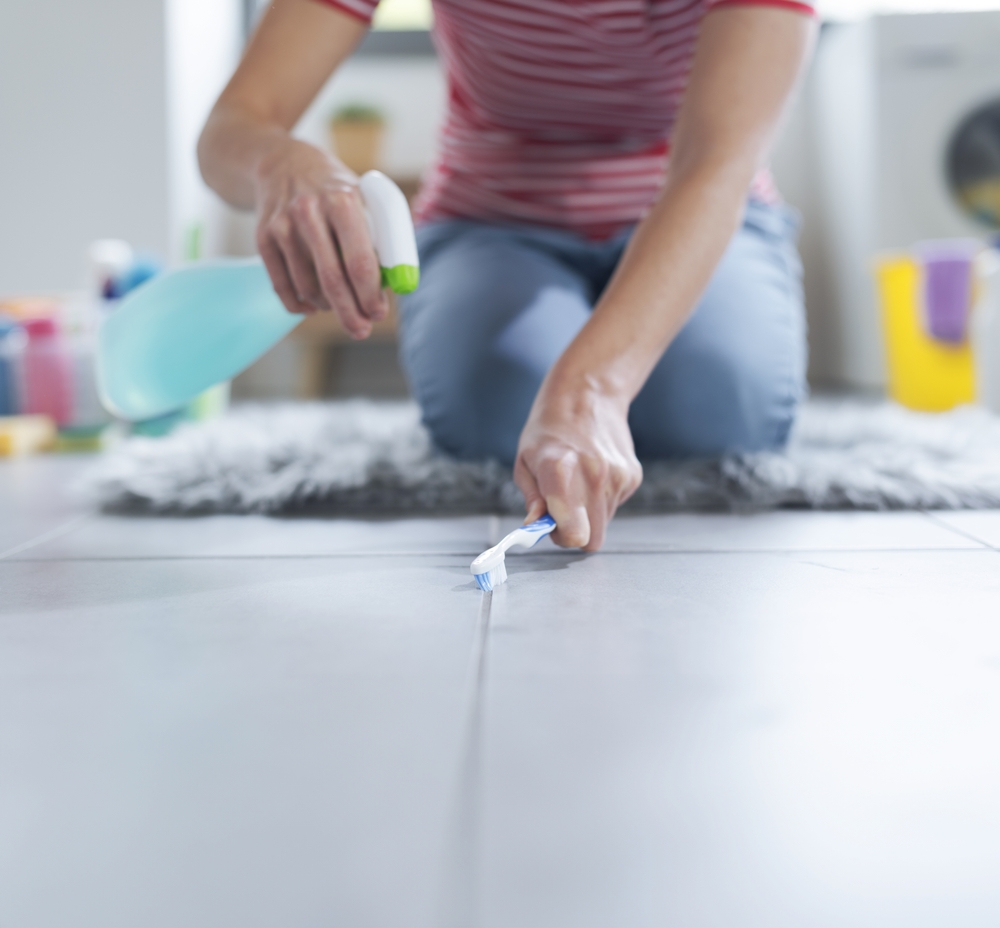
A simple toothbrush is one of the best tools for cleaning small, detailed areas that may seem impossible to clean otherwise. It can be used to scrub around faucet handles, in grout lines, and behind toilet pipes. The small bristles allow you to target tight spots where larger cleaning tools cannot reach. It is especially helpful for cleaning small corners, window tracks, and the spaces around light switches.
Do not throw away your old toothbrushes-use them for cleaning! Simply dampen the brush with water or a mild cleaning solution to scrub away dirt and grime. The gentle bristles help you avoid damaging surfaces, even when cleaning delicate spots. This method is cost-effective and ensures that every corner of your home gets attention.
Use Baking Soda for Tough Stains

Baking soda is a versatile and natural cleaning agent that can tackle tough stains in hidden areas. Whether it is used to clean stubborn spots on upholstery, inside the microwave, or even in the bathroom grout, baking soda is effective and safe. Simply sprinkle the powder onto the stain, let it sit for a few minutes, and then scrub with a damp cloth. It works wonders for eliminating odors while lifting stains, making it perfect for areas like the inside of trash cans or pet areas.
To clean tougher spots, mix baking soda with a little water to make a paste, then apply it to areas like oven racks or greasy cabinets. The paste sticks to surfaces, loosening grime so you can wipe it away easily. It is a simple, non-toxic solution that works on many surfaces without causing damage. Baking soda is affordable and versatile, making it a great option for cleaning all the hidden spots in your home.
Clean Your Air Vents and Ducts
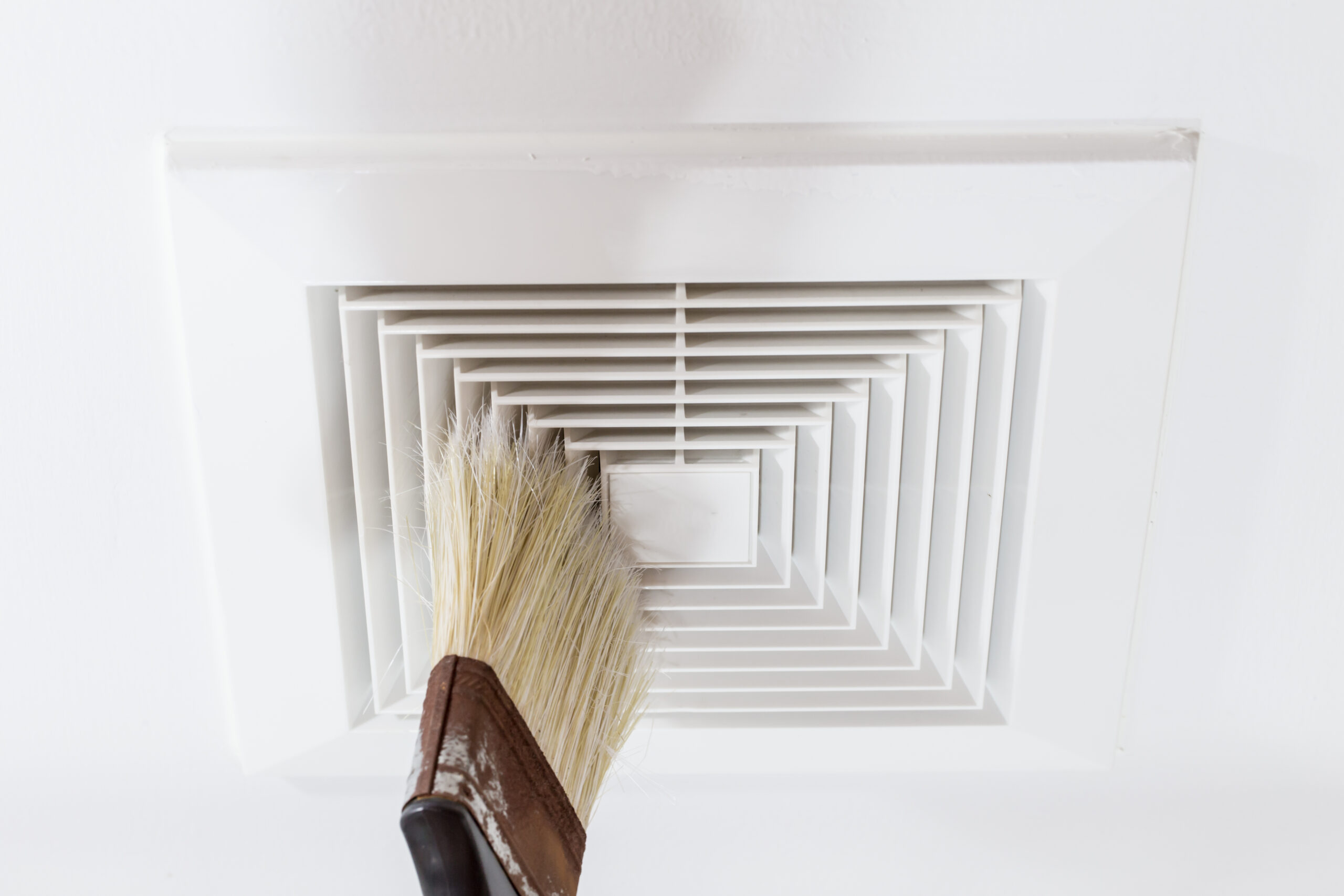
Air vents and ducts can gather dust and allergens over time, affecting air quality and cleanliness in your home. Use a vacuum with a brush attachment to clean the vent covers, and make sure to wipe down the slats to remove any dust buildup. You can also use a damp microfiber cloth to wipe the inside of the vent openings, ensuring that dust does not get blown back into your rooms. Cleaning air vents regularly will improve your indoor air quality and reduce the accumulation of dust.
For a deeper clean, consider calling in a professional to have your ducts cleaned every few years. Keeping your air vents clean can prevent clogs and reduce the strain on your HVAC system. It also helps to keep your home feeling fresher and more comfortable. Regular maintenance of your vents can save on energy costs and improve air circulation.
Use a Compressed Air Can for Electronics
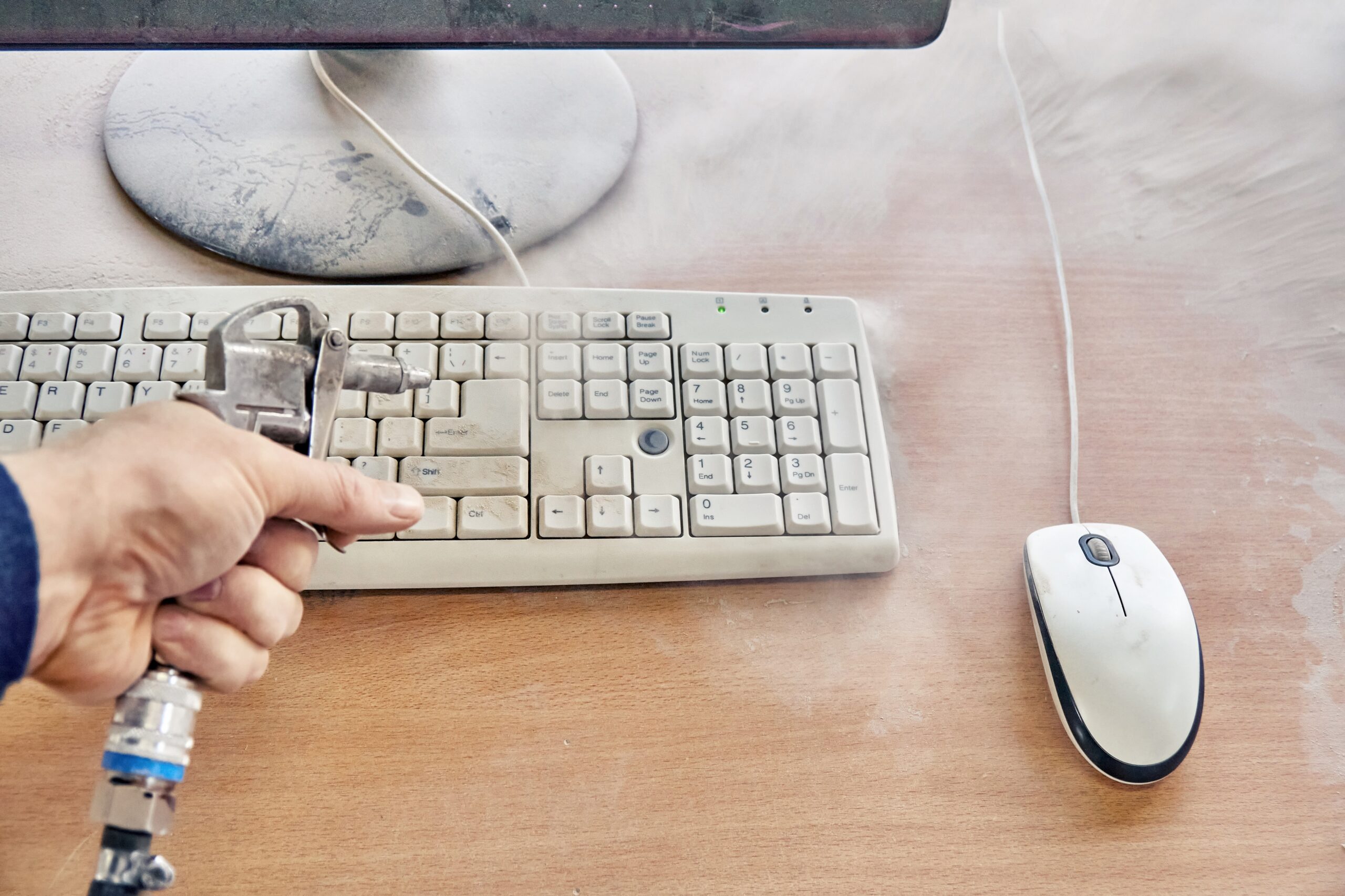
Electronics like keyboards, laptops, and TV remotes are full of nooks and crannies where dust can accumulate. Using a can of compressed air is the easiest way to blow out dust from these tight spaces. Simply hold the can upright and use short bursts to clear debris from hard-to-reach areas like between keys or in vents. This is a quick and efficient way to clean without disassembling anything or worrying about scratching delicate surfaces.
Compressed air also works great for cleaning other household electronics, such as your fan or printer. It can reach deep into small areas, clearing out dust without the need for physical contact. Be sure to hold the can at a safe distance to avoid damaging your devices. This method is quick and effective, perfect for gadgets that gather dust fast.
Try a Damp Cloth for Window Tracks
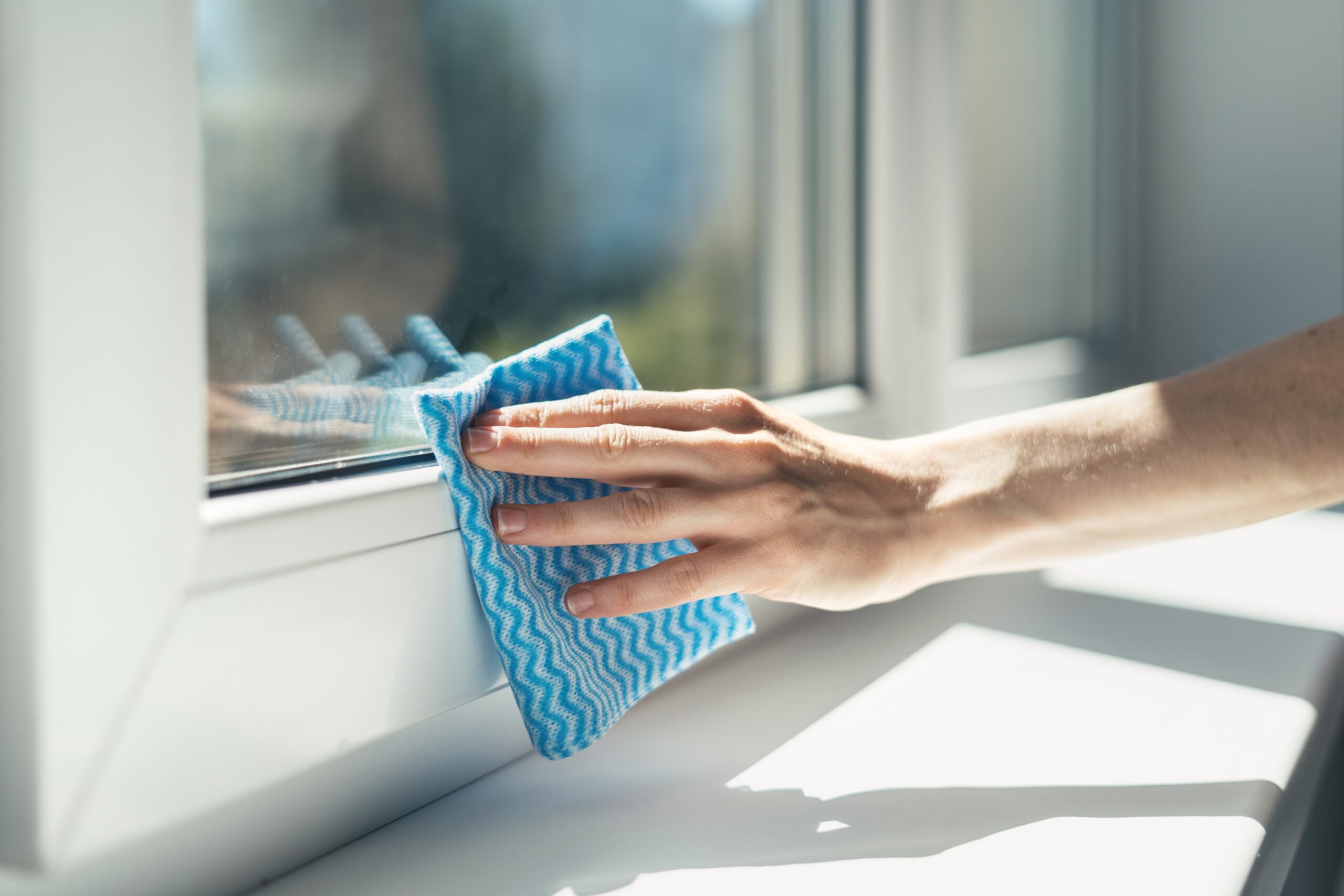
Window tracks often collect dirt and dust that can be difficult to clean with a regular vacuum. Using a damp cloth or sponge to wipe down the tracks is an easy and efficient solution. First, wipe away loose dust with a dry cloth, then use a damp cloth with water or cleaner to remove stuck dirt. The cloth can reach into the tracks, removing grime and leaving the window area looking clean and fresh.
You can also use a small brush to dislodge stubborn debris before wiping down the tracks with the damp cloth. Regularly cleaning your window tracks will prevent buildup and help your windows operate smoothly. This simple method keeps your windows neat without requiring much effort. This is an important step for keeping your home clean.
Use a Lint Roller for Lampshades
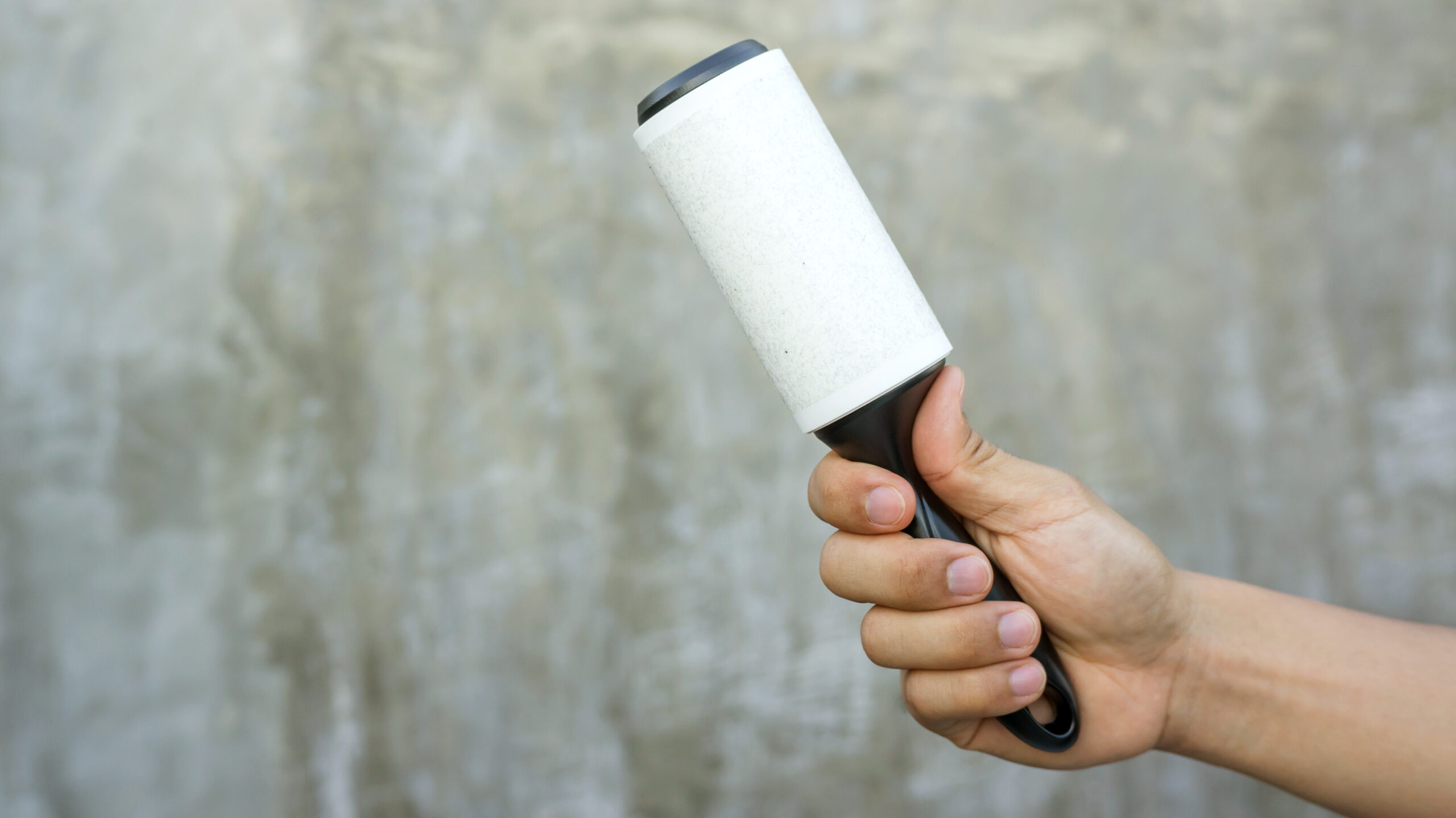
Lampshades collect dust and lint over time, especially if they are fabric-based. One of the easiest ways to clean them is by using a lint roller. Simply roll the sticky paper over the surface of the lampshade, and it will pick up dust, lint, and pet hair. This method works quickly and prevents you from needing to remove the lampshade to clean it properly.
For deeper cleaning, gently wipe the shade with a damp microfiber cloth to remove any stubborn dirt. A lint roller is a great way to clean your lampshades without worrying about damaging them. It is a simple tool that can be used in a variety of places around the house, not just on lamps. Using this tool often will keep your home looking neat and tidy.
Use a Dusting Brush for Ceiling Fans
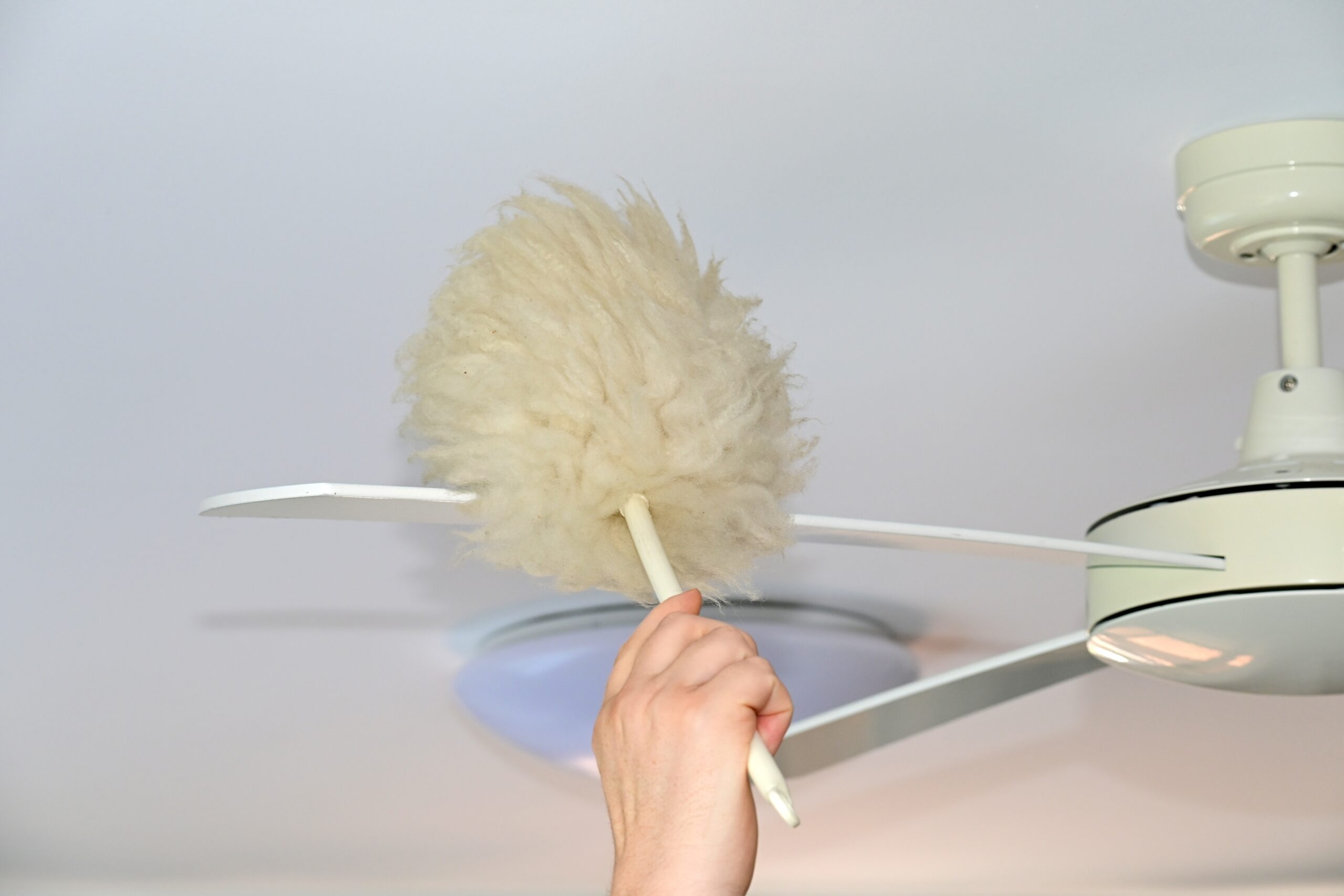
Ceiling fans can gather a lot of dust, especially on the blades, which are often hard to reach. Using a dusting brush specifically designed for ceiling fans allows you to clean the blades without having to climb a ladder or remove them. The brush’s long, flexible handle enables you to reach the blades easily, while its soft bristles prevent damage. Simply use the brush to sweep off dust and dirt, starting from the center and working your way out to avoid redistributing the dirt.
If your ceiling fans are especially dusty, you can dampen the brush slightly with water to capture the dust more effectively. Cleaning your ceiling fans helps improve air quality and keeps them running more smoothly. This is a simple, safe method that does not require expensive tools or professional help. Regular maintenance will keep your fans in top condition and your home free of dust buildup.
Use a Steam Cleaner for Grout Lines
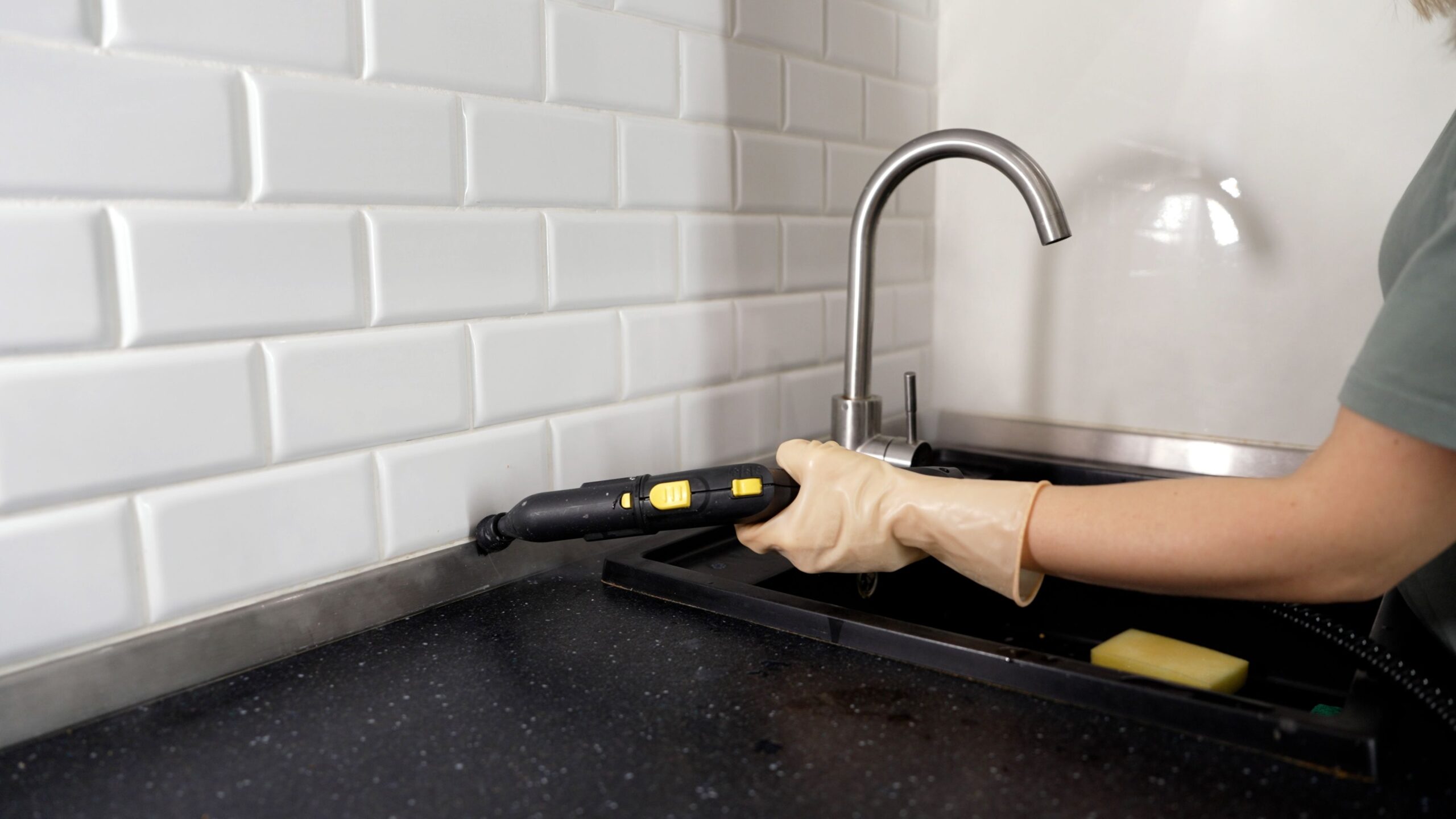
Grout lines in bathrooms and kitchens can easily accumulate dirt and mold, which can be tough to scrub away. A steam cleaner is an excellent tool for cleaning these small, hard-to-reach areas. The high heat and pressure from the steam will break down dirt and grime without the need for harsh chemicals. Simply run the steam cleaner over the grout lines, and use the attachment to scrub away the loosened dirt.
This method is especially helpful in areas with mold or mildew buildup. The steam’s heat kills bacteria and germs, making it a hygienic choice for cleaning. It also helps to sanitize surfaces while avoiding chemical cleaners that may cause irritation. Using a steam cleaner regularly helps keep grout lines fresh and stops buildup before it starts.
Clean the Underside of Your Appliances
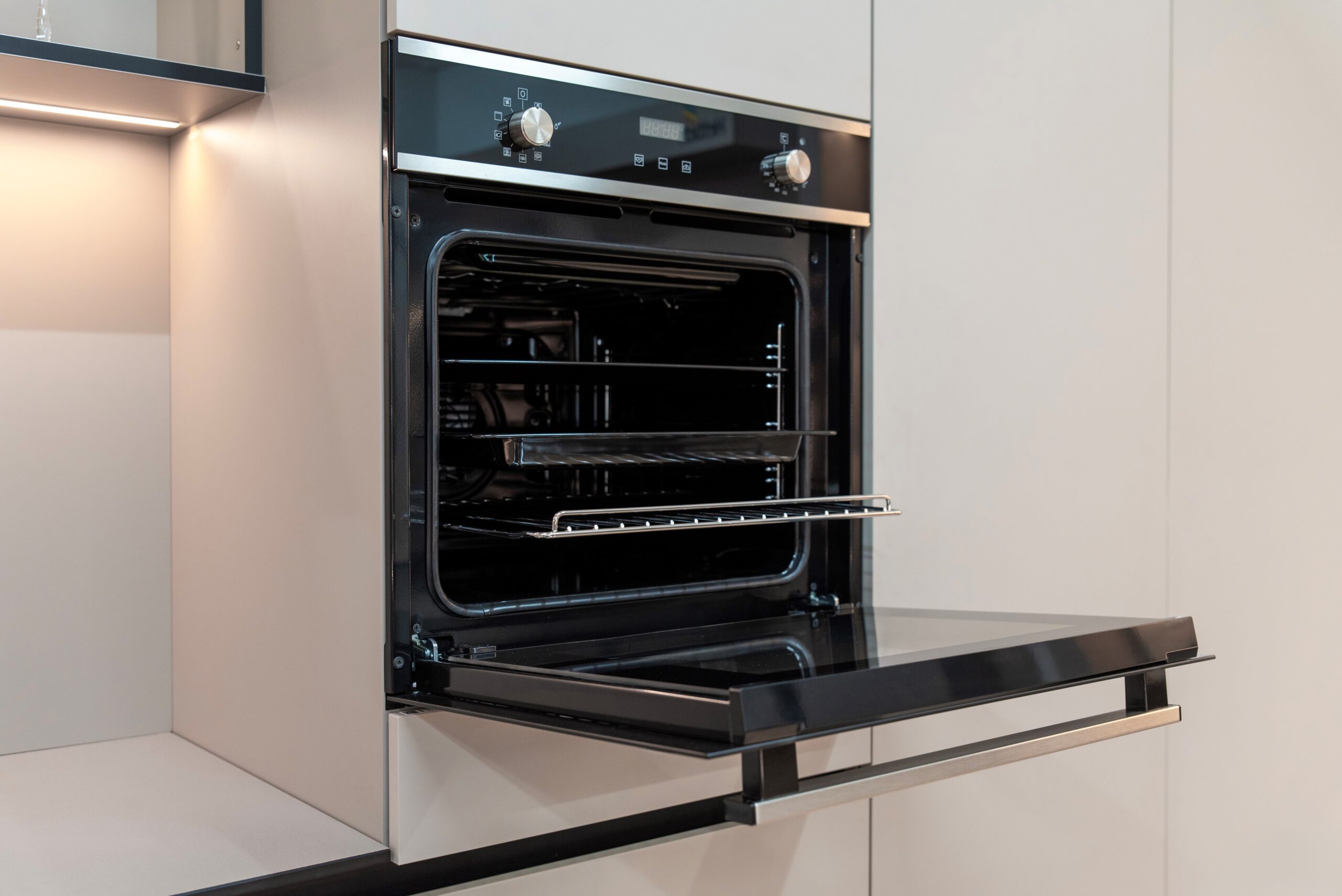
The undersides of your kitchen appliances, such as the fridge, oven, and dishwasher, can harbor dirt and dust that is often overlooked during regular cleaning. To clean these areas, use a long-handled duster or vacuum with an extended hose attachment to reach underneath. This will remove accumulated dirt, food crumbs, and dust that can affect the efficiency of your appliances. You can also wipe down the area with a damp cloth to remove stubborn spots.
Cleaning these hard-to-reach areas can help extend the lifespan of your appliances. It also helps to maintain a cleaner, more hygienic kitchen. Make it a habit to clean under your appliances during your regular deep cleaning routine. It will help your kitchen stay cleaner and cut down on the need for big cleaning efforts.
Use a Cloth for the Tops of Cabinets

The tops of kitchen cabinets are often neglected because they are difficult to reach. However, they are notorious for collecting dust and grease. Using a microfiber cloth or an extendable duster allows you to wipe down the tops of your cabinets without much effort. Start by dusting off loose debris, then use a damp cloth to remove grease buildup.
If there is heavy grease accumulation, consider using a degreasing cleaner to break down the residue. This method keeps your kitchen looking clean and helps improve the overall appearance of your cabinetry. Regularly cleaning this hidden space will prevent grease and dust buildup, ensuring that your kitchen stays fresher for longer.
This article originally appeared on Avocadu.
